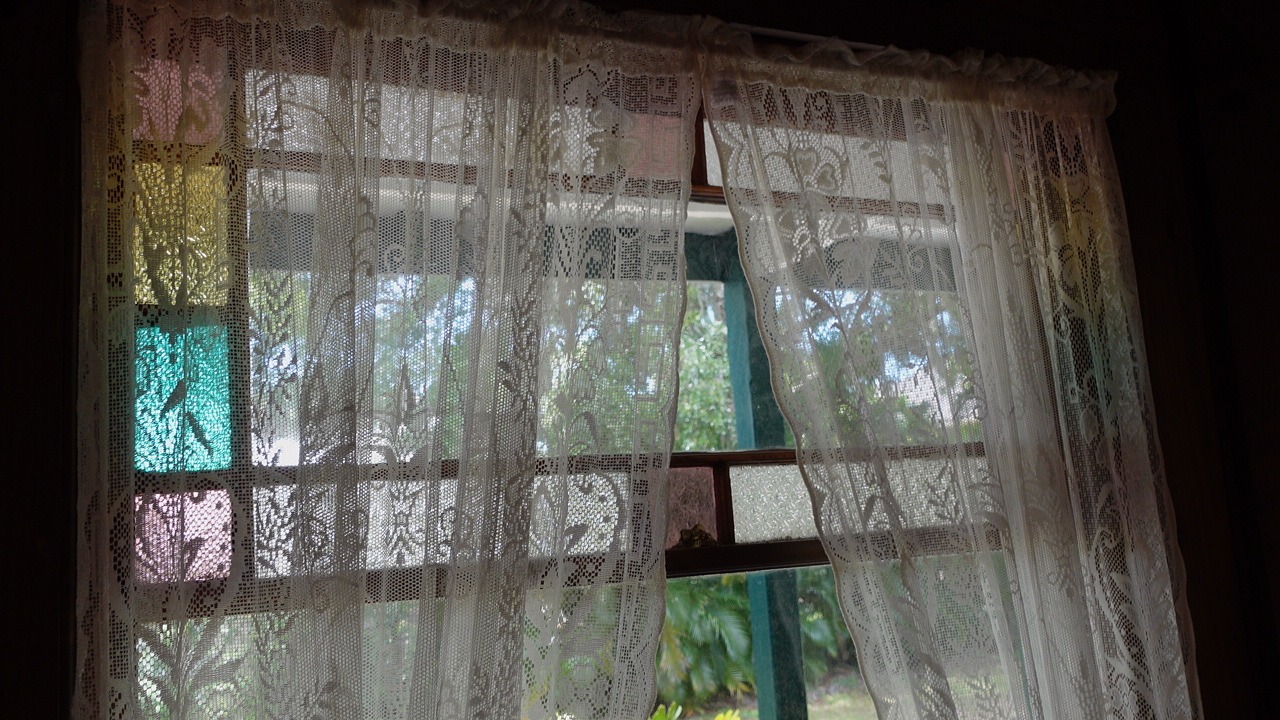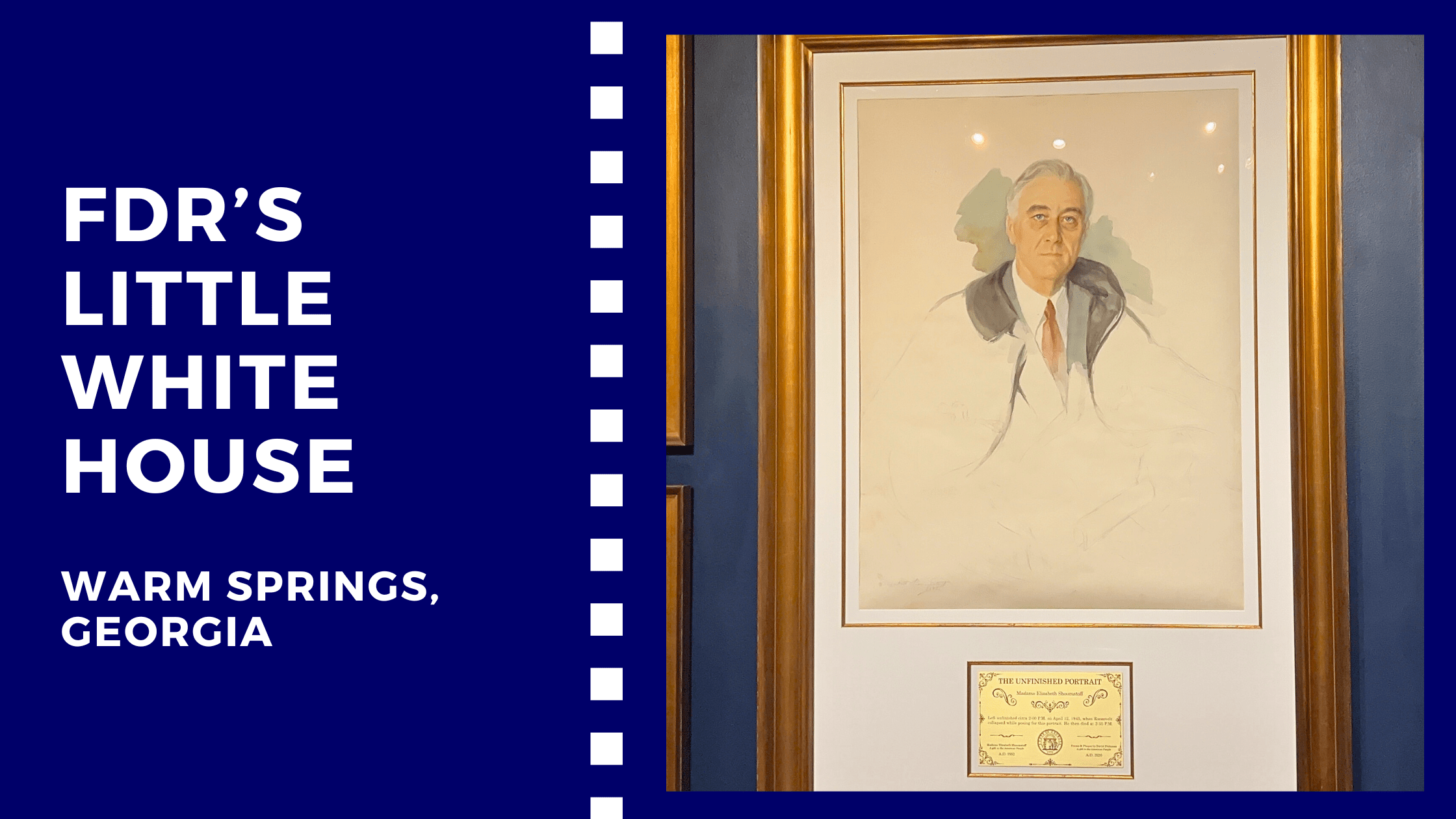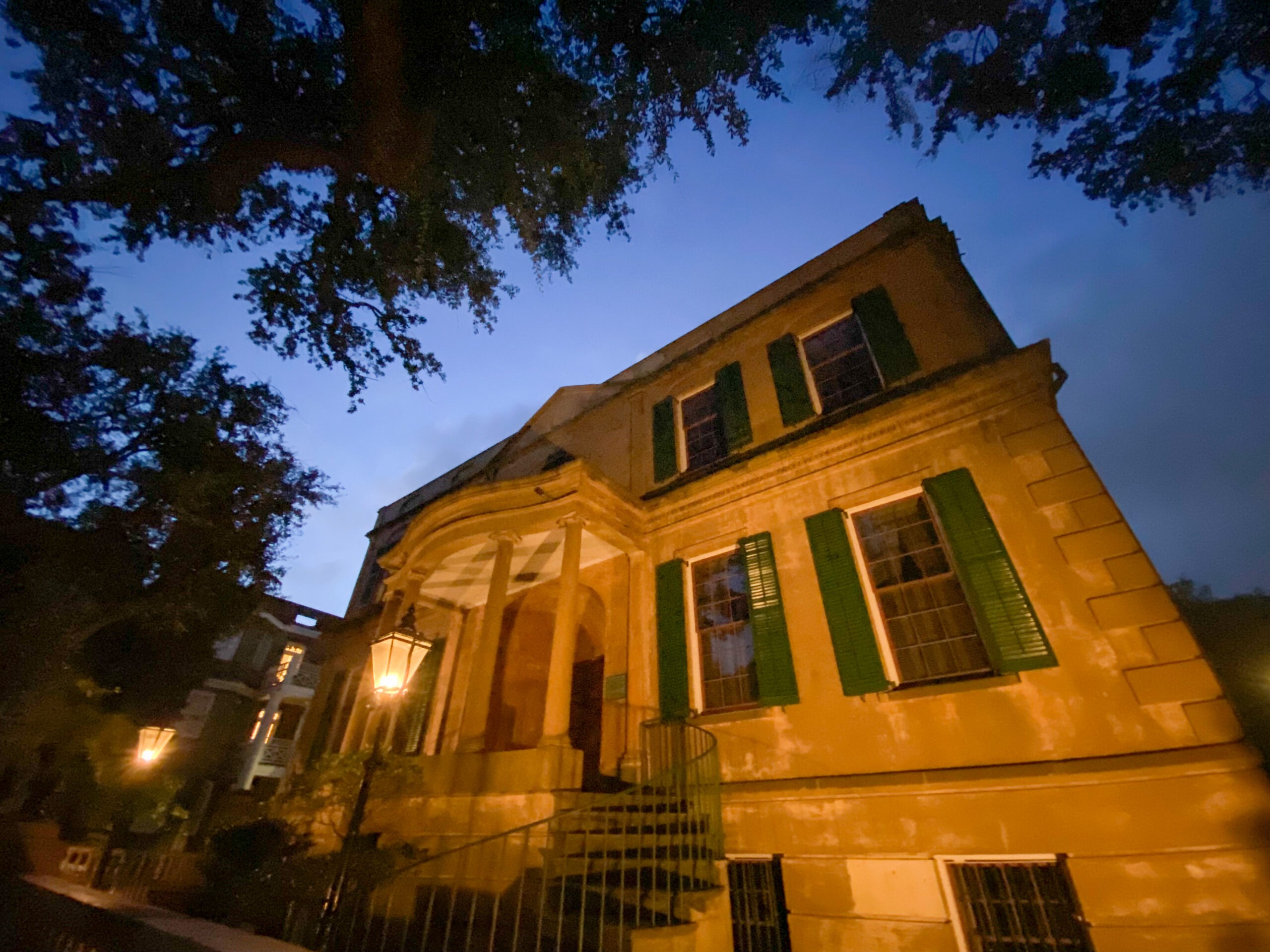The Safford House in Tarpon Springs, Florida, is a stunning example of Victorian-era architecture and a piece of history for the region. Built in 1883 by Anson Peacely K. Safford, a wealthy merchant, the house served as his family’s residence until the 1930s. Today, the Safford House is open to the public as a museum, providing visitors with a walk through the lifestyle of a well-to-do family in the late 19th and early 20th centuries.
Disclosure: Some links on our site are affiliate links. If you purchase a linked item, we will make a commission, at no extra charge to you.
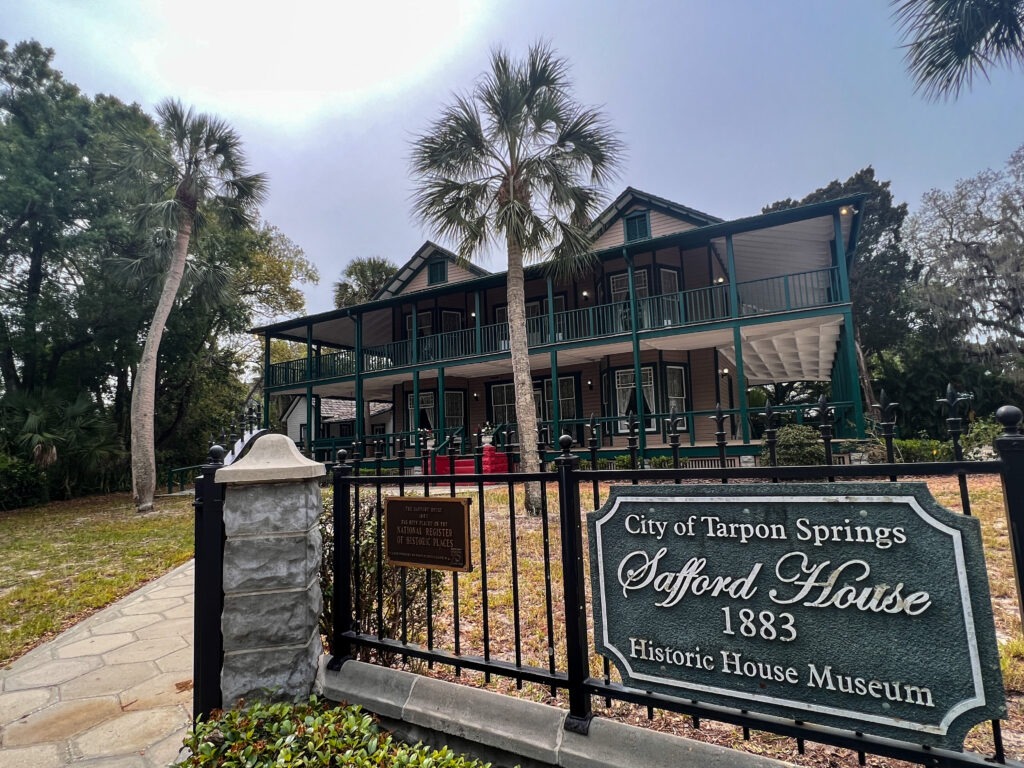
The Safford House is a two-story frame house with a wrap-around porch that is characteristic of Victorian-era architecture. Featuring ornate detailing, including a turret on the southeast corner of the house and stained glass windows. Inside, the house is decorated with period furniture and artwork, providing visitors with an authentic experience of life in the Victorian era. A docent-led tour walks you through life at the time and the family’s history.
Serving as the first mayor of Tarpon Springs and later a state senator, Anson Safford was a prominent figure in the area. He was also involved in the sponge industry, which was a major part of the area’s economy in the late 19th century. The Safford House reflects his success and wealth, with spacious rooms, high ceilings, and elegant finishes.
After Anson Safford’s death in 1891, the house was passed on to his wife, Mary, and their children. It was at this time that Mary Safford sold the valuable Spring Bayou waterfront property and moved the house to its present location a few blocks away at 23 Parkin Court. Anson’s widow rented the rooms to boarders and added the wrap-around porch to the top floor. Mary Safford continued to live in the house until her death in 1932. After that, the house changed hands several times and fell into disrepair. In 1995, the City of Tarpon Springs acquired the house and undertook a restoration project to return it to its former glory.
Today, the Safford House Museum offers docent-guided tours showcasing the house’s history and architecture. Visitors can explore the various rooms and learn about the Safford family’s life in Tarpon Springs. The museum also hosts various events throughout the year, such as holiday tours and historical reenactments.
The Safford House is not only a fascinating glimpse into the history of Tarpon Springs but also a valuable resource for anyone interested in Victorian-era architecture and design.
Who was Anson P.K. Safford?
Anson P.K. Safford was born in 1830 in Hyde Park, Vermont. After graduating from Williams College in Massachusetts, he moved to the Midwest, where he worked as a lawyer and served as a state senator in Illinois.

In a career-changing path he left in the late 1850s to begin working as a clerk for the Superintendent of Indian Affairs in California, Edward F. Beale. This was an important time in his life and shaped his future involvement in politics. Beale led him to accompany on several expeditions into the western territories. Through these expeditions, he developed a deep understanding of the issues facing the region. Leading Safford to become interested in the development of Arizona and the potential for economic growth in the area.
Safford later moved to Arizona and became involved in politics. Here he served as a delegate to the territory’s constitutional convention in 1860 and later as the territory’s auditor and treasurer.
In 1869, he began serving as governor of Arizona, a position he held until 1877. During his time as governor, Safford worked to promote economic development and improve infrastructure in the territory. He oversaw the construction of infrastructure and worked to establish a railroad connection between Arizona and California. Once again working with Beale, Safford also negotiated with the Apache tribe, trying to find a peaceful resolution to the ongoing conflict between them and the US government.
Amidst allegations Safford left politics and became involved in the mining industry, working as a lawyer for several mining companies. He continued to promote economic development in Arizona, advocating for the construction of more railroads and supporting the growth of the mining industry.
However, the allegations from his governorship haunted him despite his many accomplishments. Accusations of corruption and mismanagement ultimately led to Safford’s decision to leave Arizona for Florida.
P.K. Safford arrived in Tarpon Springs, Florida in the early 1880s. Immediately taken with the natural beauty of the area and its potential for growth. Safford quickly became involved in local politics and served as the first mayor of Tarpon Springs.
The Tarpon Springs sponging industry was thriving leading Safford to see more potential. Working tirelessly to promote the industry led Safford to be instrumental in developing the sponge exchange. The sponge exchange is a marketplace where sponge fishermen could sell their catch directly to buyers, rather than going through middlemen.
Embracing the area’s beauty, he built the Safford House in 1883 as a residence for himself, his wife Mary, and their children.
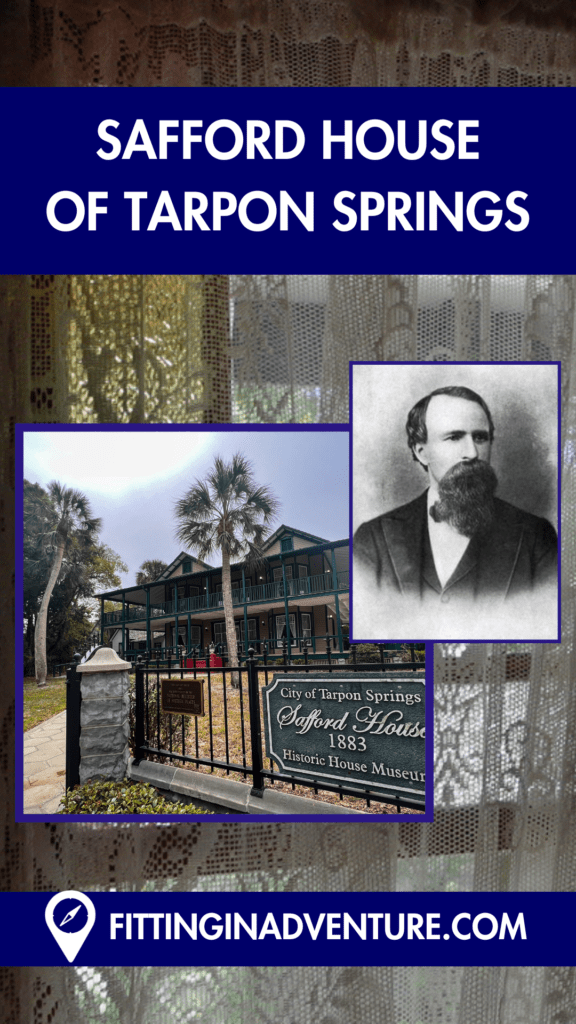
P.K. Safford wasn’t the only one leading change in his family. His sister, Dr. Mary Jane Safford arrived shortly after him and became the state’s first female physician. You can learn more about her in our recent Historic Footnotes podcast.

